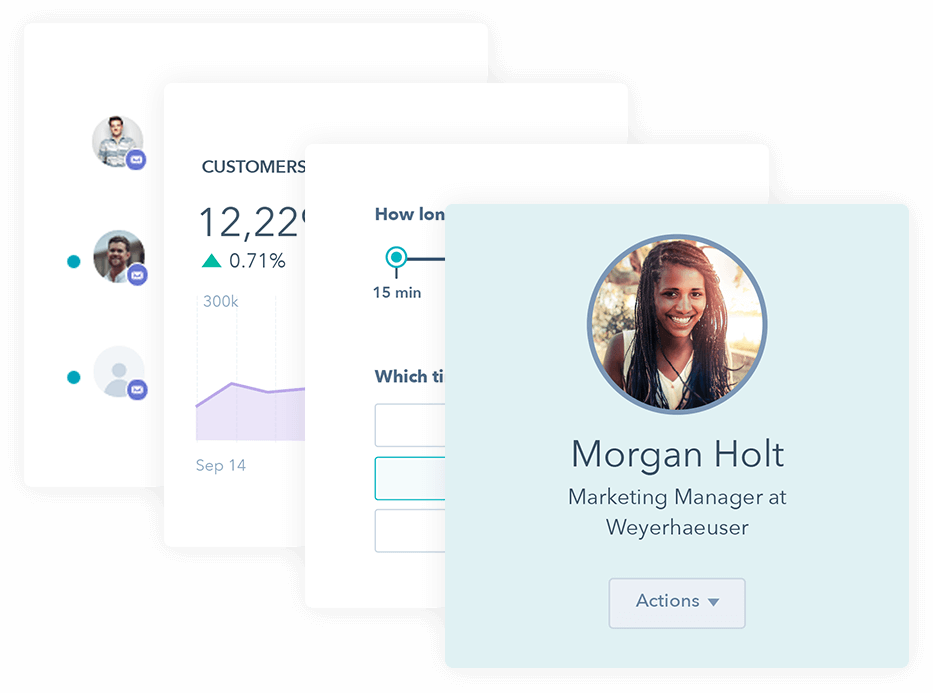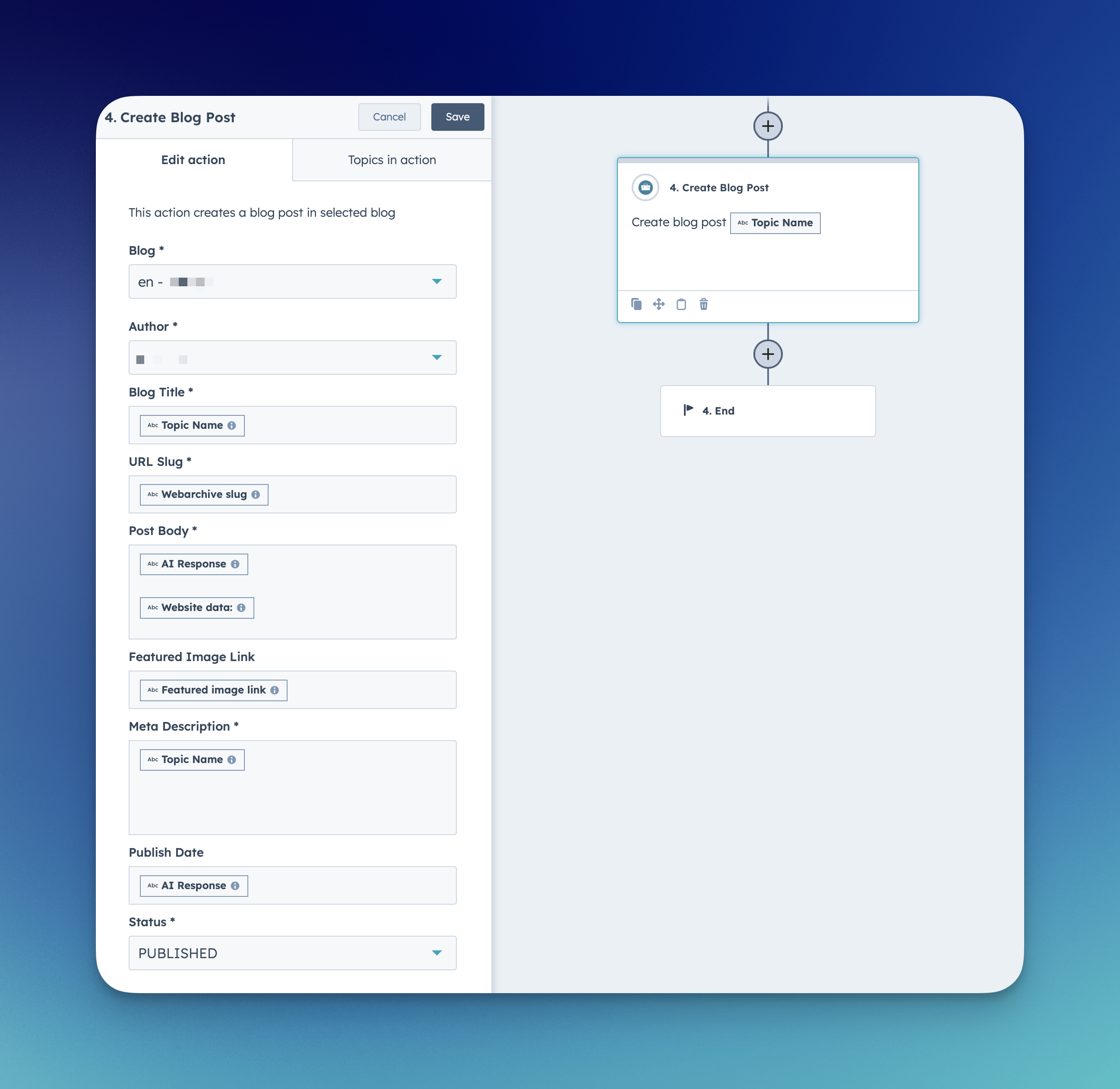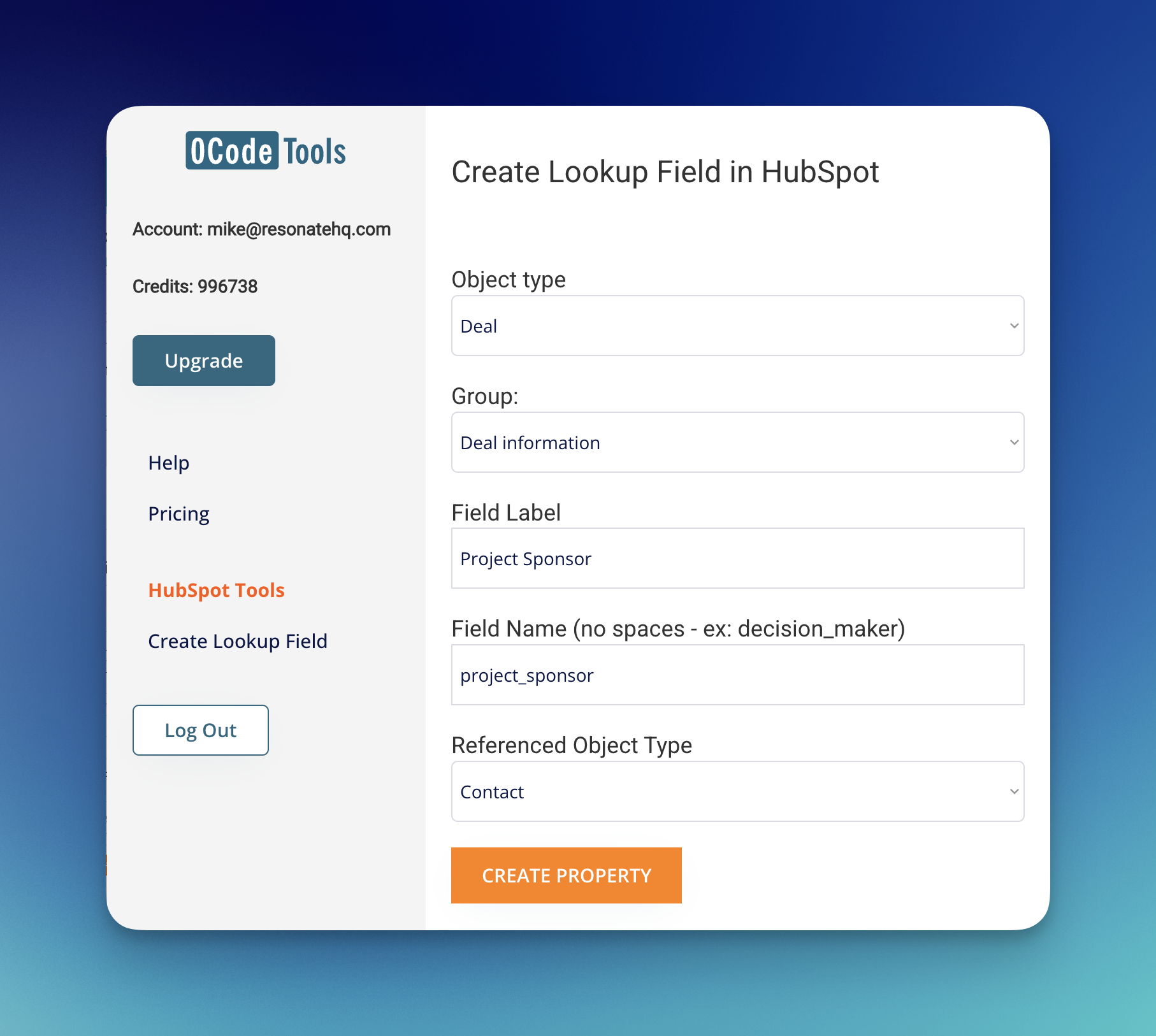
The starting point to start driving traffic to your website should always be the identification of your buyer persona and the customer journey.
A buyer persona is a fictional representation of your customers. In Inbound Marketing methodology this is a crucial component of successful marketing and sales. After all, the marketing team needs to know to whom they are marketing, and the sales team needs to know to whom they are selling.
You can determine your buyer persona (or personas) by doing research on your customer base. These questions about your target audience can guide your research.
1. What is their demographic information? Demographic information about your personas is a great place to start because it is easy to obtain. It will help you perform more targeted offline and online marketing. It will help paint a picture of who your personas are: Are they male or female? How old are they? What's their annual household income? Where do they live?
2. What is their job and level of seniority? You should look at your persona's job and seniority level depending on the product or service you're selling. A B2C company may simply consider these additional ways to get to know a buyer persona. If you're a B2B company, though, your buyer persona’s job and level become more crucial. They will help you understand the kinds of information your customers need about your industry and the time it takes to decide on a purchase.
3. What does a day in their life look like? Now that you have an idea of some of your persona’s personal characteristics, try to piece together how a typical day in their life runs. Your persona could be spending Sunday mornings checking emails at the office and his afternoons in a teashop, meeting with clients. On weekends, he could be playing golf for fun. Once you've done this exercise, browse through some stock imagery and find an actual picture to associate with your persona and send it throughout your organisation.
4. What are their pain points? You're in business because you're solving a problem for your target audience. How does that problem affect their day to day lives? How does the problem make them feel?
Let’s say your company sells tax software to businesses. If your persona is a new business owner, he may feel overwhelmed. On the otherhand, a more experienced persona may feel like he needs to be updated with new tax laws.
5. What do they value most? Once you know their pain points, it will be easier to understand what they value and what they don't value. Ask yourself what would make your persona get really, really excited about your product or service. For example, that new business owner buyer persona will probably value a simple, educational and user-friendly product for preparing taxes.
6. Where do they go for information? If you're going to market and sell to your buyer persona, you need to understand how he consumes information. Does he search for information through Google? Does he prefer to meet in person? Does he read books or magazines? Which sources does he trust the most -- friends, family, coworkers, or industry experts? When you know this, you can place your content where your persona goes and you can establish credibility in those communities.
7. What experiences are they looking for when shopping for products and services? You should align how you disseminate information about your products and services with your buyer persona’s expectations. If your persona expects to have certain product features, highlight those in your messages. If your persona enjoys the classroom environment, design group training sessions for him.
8. What are their most common objections to your product or service? If you can anticipate the objections your persona will have, you can be prepared for them in the sales process and even help allay their fears. Do this by educating them through your marketing collateral. What might make him hesitant about buying from you or any other provider in your industry? Is this his first time purchasing a product or service of your kind? If not, what caused them to switch products or services?
9. How can you identify them? Now that you have a great understanding of what makes your persona tick, you have to be able to identify them. How will you know when you're talking to this persona? It could be something about the way they speak or how they found your company.
Once you find these answers to these 9 questions, and once you identify your customers, your sales and marketing teams can have a good basis for how they deliver messages, products and services to your real customers.
UPDATE: Hubspot has released free Buyer Persona Tool - available here

Learn exactly how to connect a custom (root or sub) domain, update DNS records, and launch your HubSpot ...

We have just introduced a new workflow action for automatically creating and publishing blog posts in Hu...

If you’ve ever worked with Salesforce, you know how powerful “lookup fields” can be for connecting recor...